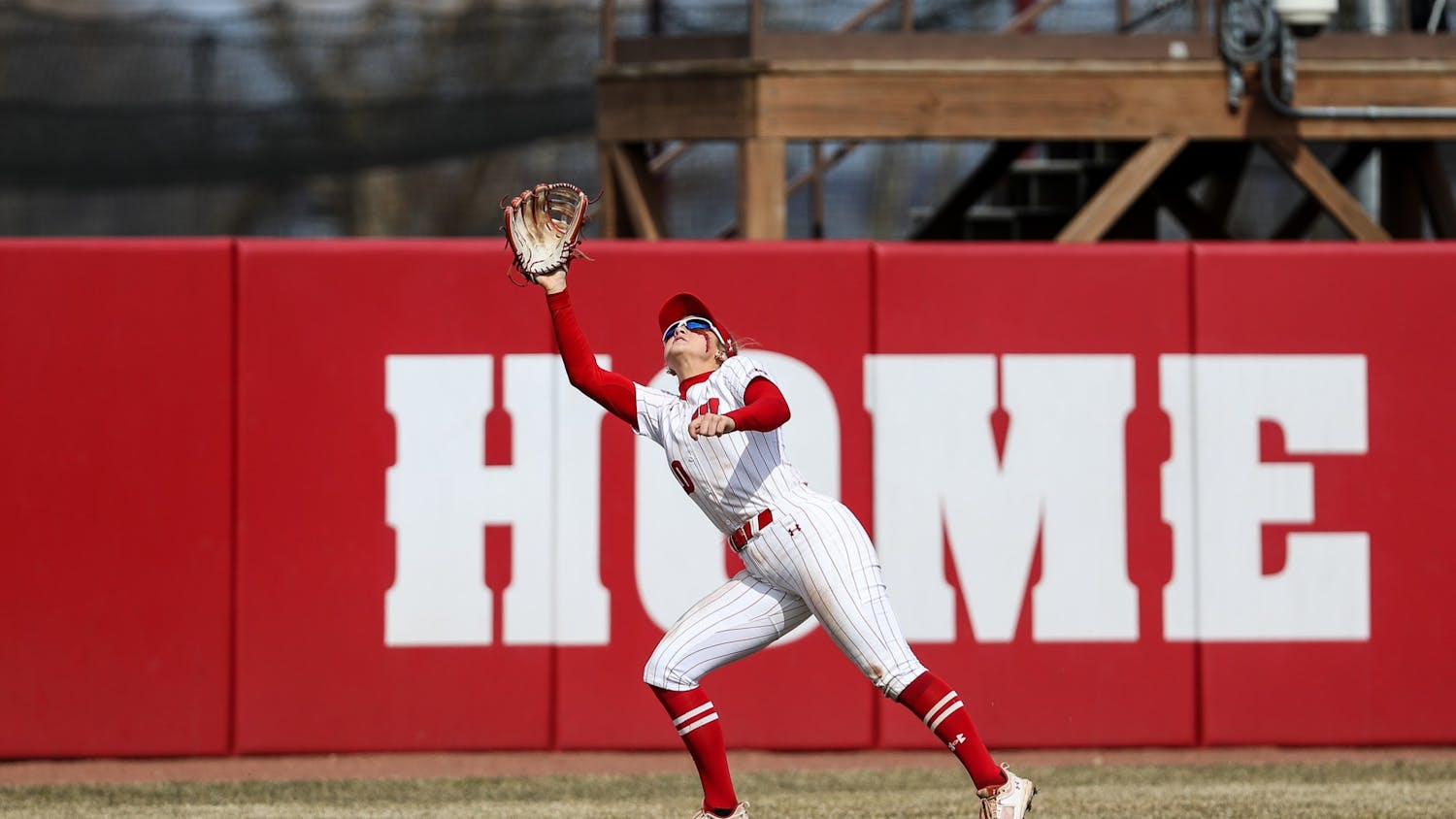The closer, for all intents and purposes, is a lot like a kicker in football. Come in at the last minute and, under immense pressure, either go out in a blaze of glory or fade into defeat.
The difference is that there must be a pitcher on every single play, every inning, every game of baseball.
And what, from a general manager’s standpoint, is the difference between a starter or a true reliever and a closer? Money. Gone are the days of the excessively well paid, Charlie Sheen Wild Thing-esque, enter-in-the-ninth-inning-to-throw-three-pitches-and-get-the-save closer.
Teams are realizing that true relievers can close, and spending money on a few good relievers is much more fiscally responsible than sinking the majority of its bullpen money on one true closer.
The save is at best an imperfect measurement of a pitcher's worth—saves are much more a team offensive effort, whereas earned run average (ERA) or sabermetrics' wins above replacement (WAR) are much more indicative of a pitcher’s skill. Teams shouldn’t be paying for a closer’s number of saves the same way they pay for a starter’s number of wins.
In 2011, John Axford and his ‘stache weren’t able to hold onto a job in Milwaukee, even after leading the league with 46 saves. Leading the league.
According to baseballprospectus.com, last year Justin Verlander made $16 million for 3,692 pitches and 13 wins. By comparison, Mariano Rivera made $15 million for 942 pitches and 44 saves. That’s less than a third as many pitches, for almost the same amount of money.
Last year’s World Series champion Red Sox spent $15.4 million on the relief trio of Joel Hanrahan, Andrew Bailey and Koji Uehara as a part of arguably the best offseason a major league team has ever had.
That’s still 1,695 pitches and 33 saves between those three. The reason it worked, however, is the freedom it provided the Red Sox front office. If any of them failed to produce their 2013 success, the Red Sox were still well off, able to cut or bench any one reliever with ease.
If Rivera were to have flopped (however unlikely), the Yankees would have lost a lot more in opportunity cost.
Detroit signed Joe Nathan to an $11.75 million deal this season, hoping for a repeat of last year’s 43-save performance.
Once again by comparison, Tampa Bay picked up Grant Balfour for much more conservative price of six million, almost half what the Tigers are paying Nathan, after his 38-save 2013 season.
All of this points to one thing: In a world of sabermetrics, teams aren’t necessarily looking to replace a save total, they’re looking for good pitchers who will maximize win totals.
Neither the average number of pitches per relief outing nor the average number of saves has really changed for the good part of a decade, but according to CBS Sports the average salary of a relief pitcher from 2008-’14 grew by 18 percent, almost six percent more than the MLB’s salary growth as a whole.
I’m all for the idea of the shutdown closer coming into the ninth inning to get one or two outs. There’s something to be said for a guy who has ice running through his veins when the bases are loaded with the game on the line.
But for the most part, relievers are overvalued when it comes time to sign on the dotted line, and their true worth is slowly stabilizing.
How do you feel about the true value of a closing pitcher? Let Brett know by sending an email to babachman@wisc.edu. For real, do it.





